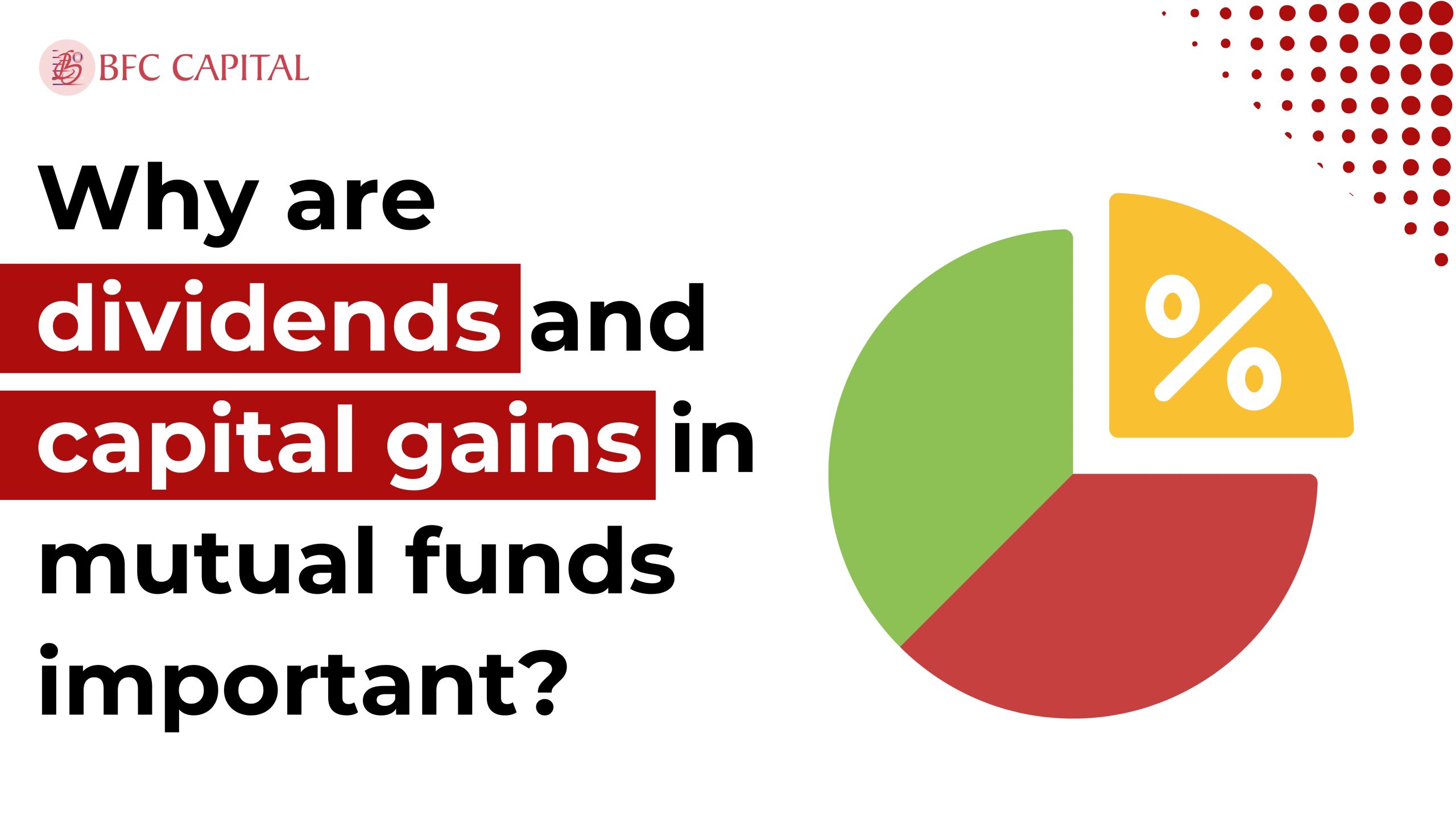
REITs, or real estate investment trusts, are companies that buy and manage real estate to make money. They own a lot of valuable properties and mortgages. For example, they lease properties and take rent thenceforward. The rent thus gathered is later allocated among shareowners as income and dividends.
Generally, REITs provide an opportunity for investors to own pricier real estate and allow them to earn income to boost their capital eventually. In this manner, investors can make use of the opportunity to appreciate their capital and drive income altogether.
Both big and small investors can invest their funds into this investment option and draw benefits accordingly. Small investors may endeavour to pool their resources together with other investors and invest them into big commercial real estate projects. Properties included in REITs are:
- Data centers
- Infrastructure
- Healthcare units,
- Apartment
- Complexes, etc.
In this article, you will learn everything about REITs, equity REITs,mortgage REITs and everything you need to know! So above all, let’s start!
Equity REIT
This is the most popular REIT. Generally, it deals with operating and managing income-producing commercial properties. Significantly, the most common source of income in equity REIT is rent.
Example: An example of a popular REIT in India is the Embassy Office Parks REIT. This REIT owns and manages large office buildings and business parks. Most of its income comes from the rent that companies pay to use the office spaces. It is a common example of an equity REIT in India, which earns money mainly from renting out commercial properties.
Mortgage REIT
It is also famous as mREITs, it is mostly engaged with lending money to proprietors and extending mortgage facilities. Moreover, REITs are inclined to acquire mortgage-supported securities. Mortgage REITs also drive income through interest collected on the money they lend to proprietors.
Example: In India, an example of a mortgage REIT or mREIT could be a company like PNB Housing Finance Limited (PNB Housing) is a mortgage REIT in India. Instead of owning buildings, PNB Housing gives money to builders and people buying homes. They earn money from the interest on these loans and from investing in mortgage-backed securities.
Difference Between Equity REIT & Mortgage REIT
| Points | Equity REIT | Mortgage REIT (mREIT) |
| 1. Main Activity | Owns and manages buildings and properties. | Lends money for buying or building properties. |
| 2. Income Source | Gets most income from rent paid by tenants. | Gets most income from interest on loans. |
| 3. Investment Type | Invests in physical real estate like office spaces. | Invests in loans and mortgage-backed securities. |
| 4. Risk Level | Generally lower risk due to stable rental income. | Higher risk due to changes in interest rates. |
| 5. Property Ownership | Directly owns and operates the properties. | Does not own properties directly. |
| 6. Income Stability | More stable income from long-term leases. | Income can vary with interest rates and loan defaults. |
| 7. Investment Focus | Focuses on property management and rent collection. | Focuses on lending and investing in mortgages. |
| 8. Return on Investment | Return mainly from rental income. | Return mainly from interest payments. |
| 9. Market Sensitivity | Less sensitive to market changes. | More sensitive to economic and interest rate changes. |
How Can a Company Qualify as a REIT?
| Requirement | Details |
| 1. Entity Type | Must be a business trust or a corporation. |
| 2. Shares | Must have fully transferable shares. |
| 3. Management | Controlled by trustees or a board of directors. |
| 4. Shareholders | Must have at least 100 shareowners. |
| 5. Ownership Limit | Not more than 5 people can own 50% of the shares during each year. |
| 6. Dividends | Must pay at least 90% of taxable income as dividends |
| 7. Income Source | At least 75% of the money a REIT makes must come from mortgage interest or rent. |
| 8. Asset Limit | A REIT can only have up to 20% of its assets in stocks of taxable REIT subsidiaries. |
| 9. Real Estate Investment | A REIT must put at least 75% of its money into real estate. |
| 10. Income Investment | At least 95% of total income must be invested. |
Advantages of REITs
- Stable dividend income and capital appreciation: Investing in REITs provides notable dividend income, and also enables stable capital appreciation for the long period.
- Option to expand: Most REITs are traded repeatedly on the stock exchanges, it provides investors an opportunity to expand their real estate.
- Clarity in dealing: Being controlled by the SEBI, REITs need to file financial reports examined by professionals. It offers investors the opportunity to get information on factors like taxation, ownership, and zoning. As a consequence, the whole process becomes transparent.
- Liquidity: Most REITs trade on public stock exchanges and hence are effortless to buy and sell, which incorporates into their liquidity aspect.
- Provides volatility-adjusted returns: Investing in REITs provides individuals with volatility-adjusted returns and supports in generating stable cash flow. It allows them to have a stable source of income to depend on when the rate of inflation increases.
Limitations of REITs
Absence of tax benefits: When we talk about tax savings, REITs don’t fit into the scenario. For example, the dividends earned from REIT companies undergo taxation.
Market-associated risks: One of the primary risks linked with REITs is that it is vulnerable to market-associated changeability. So, investors who have low-risk tolerance should review the return-producing capacity of this investment ahead of time.
Low growth possibility: The possibility of capital appreciation is very low in the case of REITs. It is primarily because they return as much as 90% of their gain to the investors and reinvest the 10% into the venture.
Bonus Information On REITs
| Points | Explanation |
| Who Should Invest in REITs? | REITs are expensive investments. They are best for people or institutions with a lot of money, like insurance companies, pension funds, or big investors. |
| Diverse Property Exposure | Investing in REITs lets you own a variety of properties. This means your money is spread out, so if one investment loses value, REITs might still do well. |
| Earnings Opportunity | If REITs go up in value, you can make good money. REITs also have to pay out 90% of their income to investors, giving you steady income. |
| Long-Term Suitability | REITs follow the real estate market, which changes slowly over many years. This makes them a good choice for long-term investments, like saving for retirement. |
| Inflation Hedge | Over 5 years or more, REITs can protect your money from inflation better than stocks, meaning your money won’t lose value as prices rise. |
Final Words
So, It’s time to wrap up the article friends! We Hope you have understood every detail of REITs, Equity REITs, Mortgage REITs, and every important detail that you should need to know.
Before investing in any specific REIT, investors should search for corporations that have a good history when we talk about providing high dividend yields. Also, they evaluate the company’s role in clearing the way for capital appreciation in the long run.
Happy Investing! If you want to know more about REITs or we have missed anything you can tell us in the comment section!
To learn more about mutual funds, contact us via Phone, WhatsApp, Email, or visit our Website. Additionally, you can download the Prodigy Pro app to start investing today!
Disclaimer – This article is for educational purposes only and by no means intends to substitute expert guidance. Mutual fund investments are subject to market risks. Please read the scheme-related document carefully before investing.







